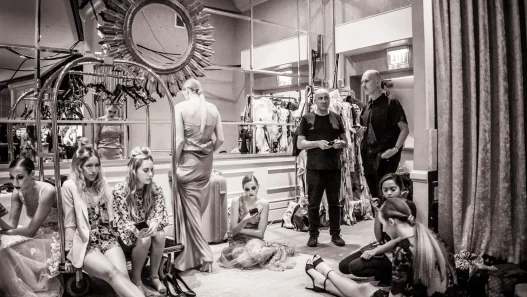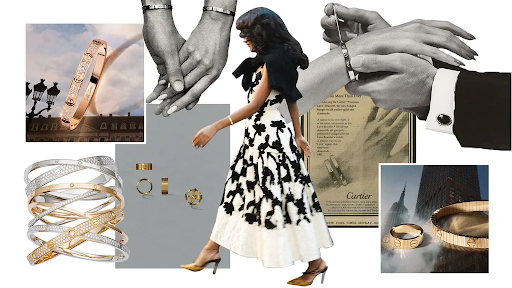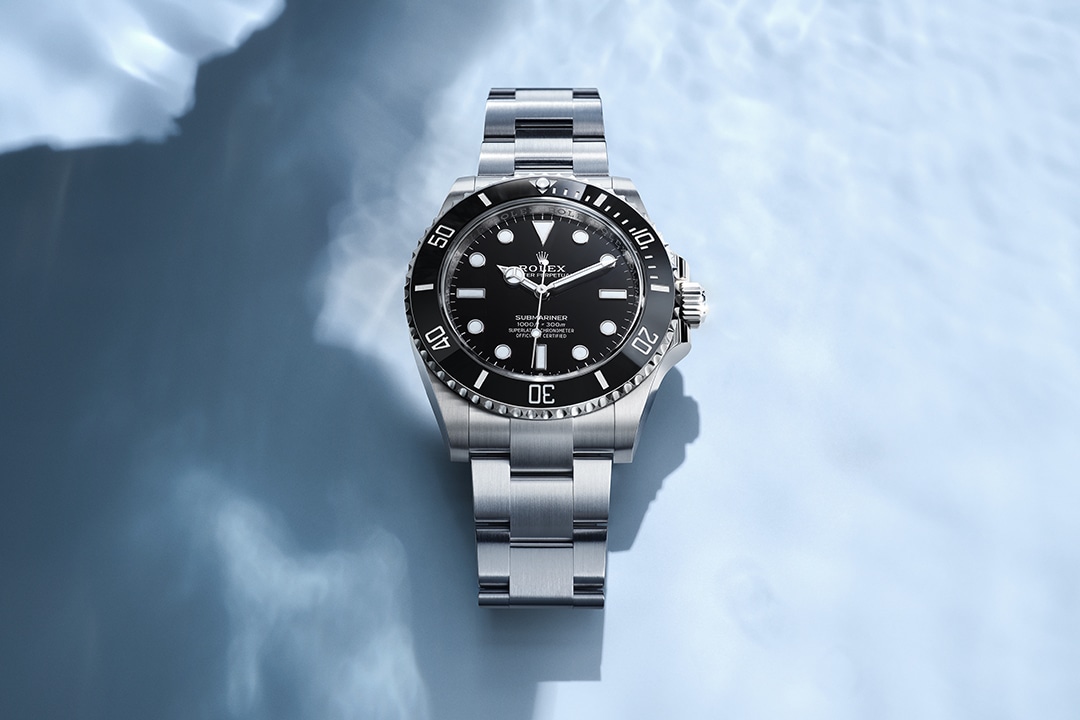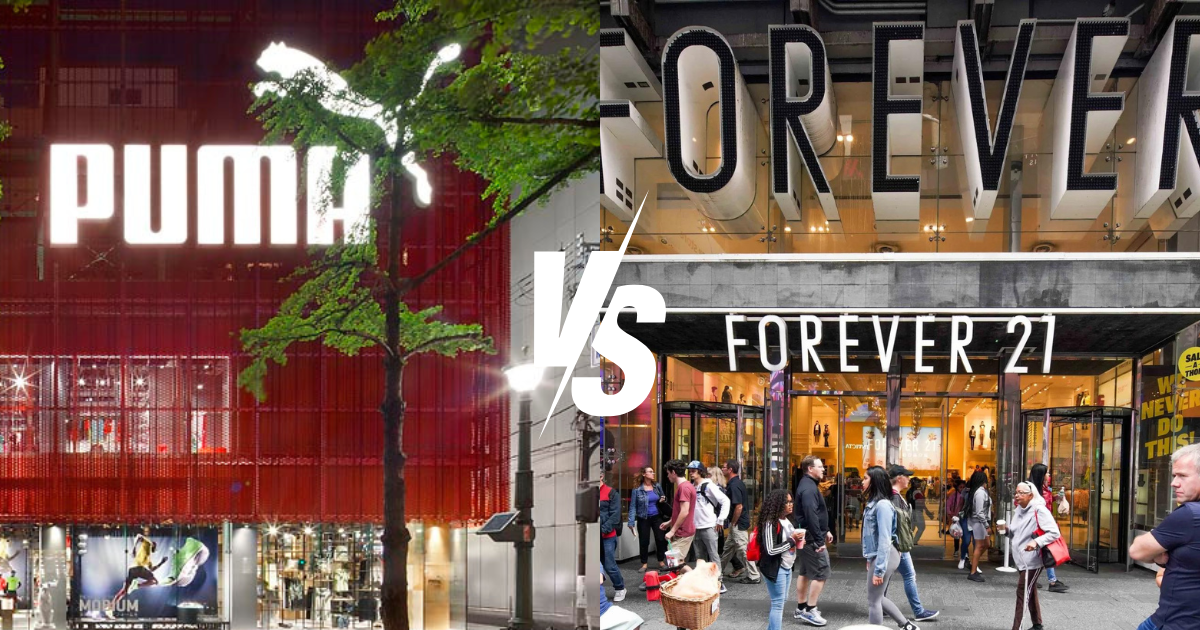In a world where creativity converges with commerce, trademarks act as guardian of brand identity. Brands stand for not just garments and accessories but narrate the aspirations and distinctive ideas behind the formation. However, such vibrant landscape does not continue to last long as at the forefront stands the complex and often contentious issue of trademark infringement unless they have legal backups. Trademark Infringement goes beyond the unauthorized use of logos, it touches the very identity of the brand and affects its market position, consumer perception and overall integrity. This issue is widespread from high-profile luxury houses to emerging designers and the battles over Intellectual Property Rights have become an integral part of the industry’s narrative.
In this realm there are few names that resonate with the same level of prestige, one of the most sophisticated, timeless allure is Rolex. It is renowned for its unparalleled commitments to precision, innovation, and craftsmanship as it is not merely transcended the status of a watchmaker, it has become a symbol of excellence and refined taste. But despite such unquietness the brand has faced a lot of complexes precisely related to Trademark Infringement. Recently there was a legal battle initiated by Rolex against BeckerTime which offers a compelling narrative that delves into the heart of trademark infringement that concerns the modified luxury watches.
In 2020, Rolex sued BeckerTime[1] alleging the fact that BeckerTime engaged in trademark infringement and counterfeiting by selling watches and individual parts of that were not authorized by Rolex and were not real Rolex products, they also used Rolex’s trademarks for advertising purposes. In 2021, the parties went for a trial in the Northern District of Texas inclined in favor of Rolex, that the BeckerTime infringed Rolex’s Trademark and despite making extensive modifications in the watches, it caused confusion amongst the customers. The court refused to disgorge BeckerTime profits by applying the defense of laches, BeckerTime argued that Rolex waited too long to file a suit. Both Rolex and BeckerTime went for appeal, the former seeking injunction, treble profits etc. and the latter to refute the lower court analysis.
On January 26th, the Fifth Circuit Court issued its opinion on the matter. BeckerTime relied on the decision of Champion Spark Plug Co. v. Sanders whereas Rolex contended that the lower court followed the decision of Rolex Watch USA Inc. v. Meece. The Court contended that the Misnomer Exception that was held in the Champion’s case is not applicable in the present case. The Misnomer Exception states that the reseller may utilize the trademark of another as long as it involves nothing more than restoration into its original condition rather than a contemporary design and if that is the case it gives full disclosure to the manufacturer all the protection to which he is entitled. The Fifth Circuit Court held that BeckerTime produced modified watches rather than reconditioning or repairing them, which is materially different than the watches sold by Rolex. The Court asserted that the modification ultimately transformed Rolex watches into another make thereby questioning their genuineness.
Apart from the issue of infringement, the Fifth Circuit had addressed Rolex’s arguments regarding the scope of relief that was granted by the district court. The appeals court has reinstated that the district court has given correct decisions that were, (1) Due to Rolex’s delay in filling suits, BeckerTime should not be disgorged of profit, and (2) Rolex is not entitled to the profits and attorney’s fees under the section 15 U.S.C. § 1117(b)[2]. Further the Fifth Circuit panel has found that while the district court blocked BeckerTime from displaying the “Genuine Rolex” in any disclosure connected to goods and services of watches. This may include non-genuine bezels which are not made by Rolex. The Fifth Circuit states that they agree with Rolex that the district court should enjoin the sale of Rolex-branded watches with non-genuine bezel, further added that the district court specifically found that the advertisements that shows that these watches are labelled with a non-genuine bezel as a Rolex this might create a confusion for the customers. Lastly the district court had asserted that like the dials and bracelets, bezel is integral and necessary to the watches. Further the court considered Rolex’s objection to the inscription “Customized by BeckerTime”[3] as unreasonable by considering that it is a clear and accurate way to avoid any confusion to the customers. The court also rejected Rolex’s claim about the non-genuine dials as it merely differentiated the customization from restoration and highlighted BeckerTime’s compliance with mandated disclosure requirements.
The decision of fifth circuit’s suggested that if they become successful in their request to disgorge profits then the rights holders should pursue infringement charges without a delay and with evidence of malicious intent. Also, it stated that the brand owners should understand the differences between restoration and customisation.
The Rolex trademark case is one of the significant lawsuits that focus on the importance of transparency and maintaining the integrity of trademark rights. The Court’s decision highlights the importance of adequate disclosures when marketing and selling pre-owned goods, thereby modifying them can confuse the customers regarding the authenticity of the products. Additionally, the decision highlights the importance of balancing trademark rights and legitimizing the customization of products by third parties. It acknowledges the distinction between restoration and customization, while also emphasizing the importance of clear disclosures to mitigate confusion among consumers.
[1] The Fashion Law, https://www.thefashionlaw.com/appeals-court-delves-into-modified-watches-in-rolex-v-beckertime-trademark-case/ (last visited Feb. 26, 2024).
[2] Kluwer Trademark Blog, https://trademarkblog.kluweriplaw.com/2024/02/08/trademark-case-rolex-watch-usa-inc-v-beckertime-llc-usa/#:~:text=As%20for%20the%20injunction%2C%20the,%2C%20Douglas%2C%20D.) (last visited Feb. 26, 2024).
[3] World Trademark Review, https://www.worldtrademarkreview.com/article/rolex-loses-out-disgorgement-of-profits-laches-defence-in-fifth-circuit-ruling (last visited Feb. 26, 2024).
Author:

Anchit Bharti
She is a third-year Law student at the University of Petroleum and Energy Studies, Dehradun Uttarakhand.


















